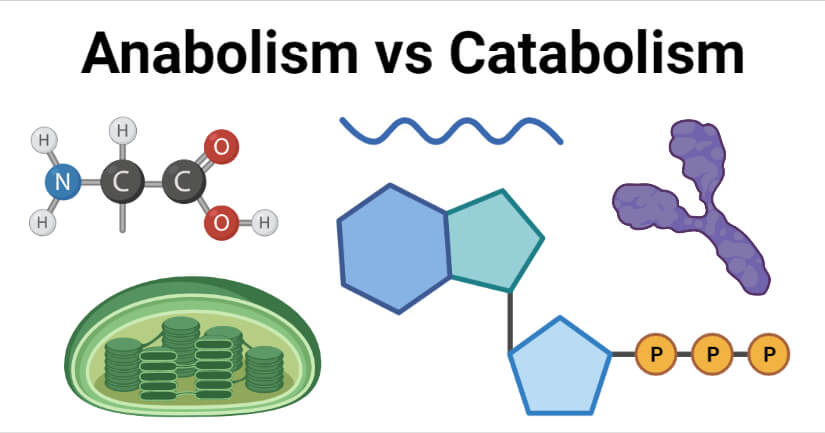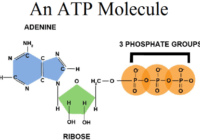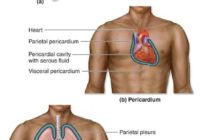Classification of Carbohydrates | Definition | Structures
Carbohydrates Definition The term “carbohydrates” is applied to a large number of relatively heterogeneous compounds found in all animals and plants. Carbohydrates are polyhydric alcohols with potentially active carbonyl groups which may either be aldehyde or ketone groups. They also include those components which yield them on hydrolysis. Some carbohydrates also contain N and S. Carbohydrates are also called… Read More »










